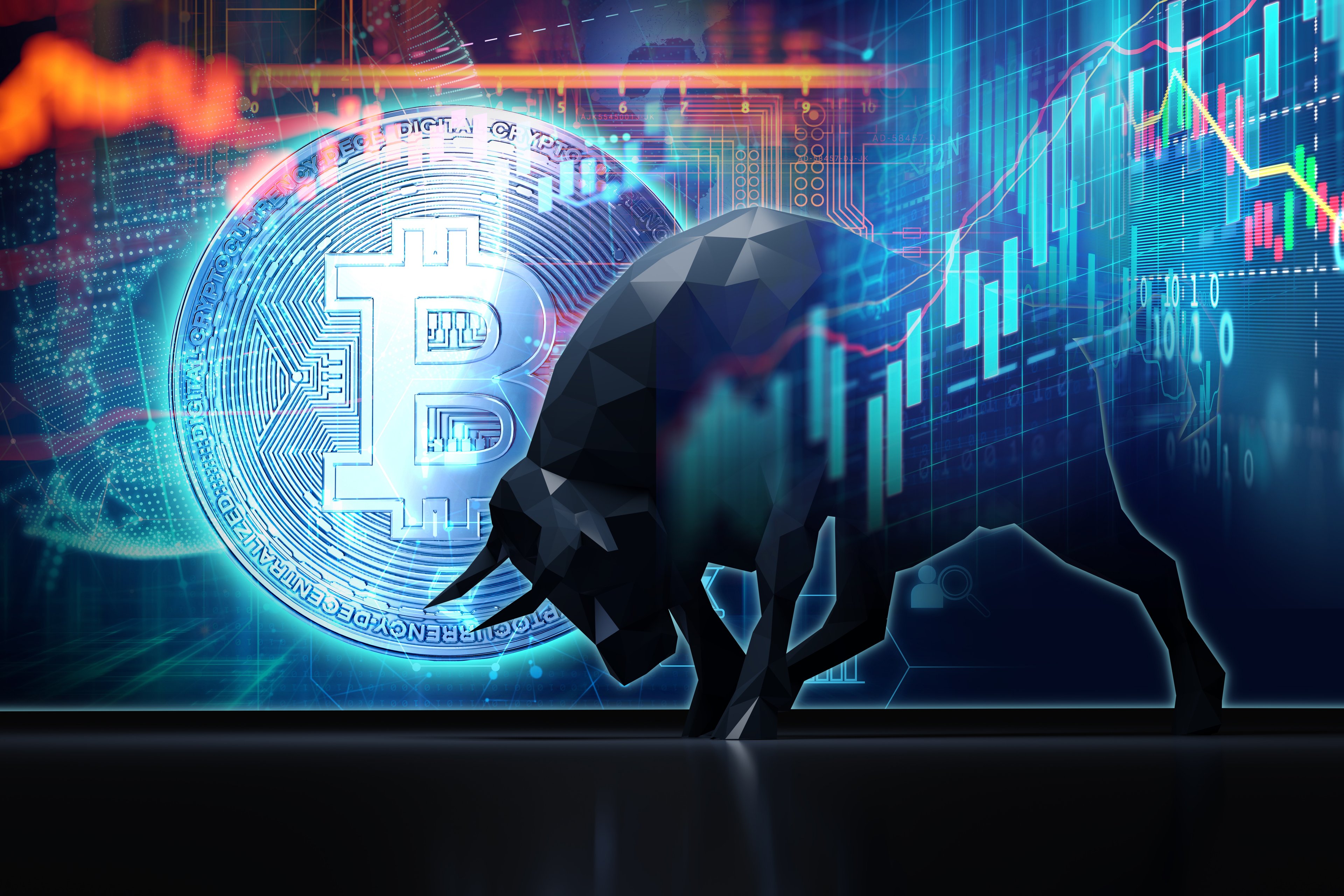XRP (XRP 1.27%) has a market value of $193 billion, making it the third most valuable cryptocurrency. The token trades at $3.25 as of Aug. 13. But Geoffrey Kendrick at Standard Chartered anticipates substantial upside in the years ahead due to the recent conclusion of Ripple's legal battle with the Securities and Exchange Commission (SEC) and the likely approval of spot XRP ETFs, as detailed below:
- XRP will reach $8 by 2026, implying 146% upside from its current price.
- XRP will reach $10.40 by 2027, implying 220% upside from its current price.
- XRP will reach $12.50 by 2028, implying 285% upside from its current price.
My outlook is more conservative. Morningstar estimates the overall cryptocurrency market will be worth $8.4 trillion by 2034, implying annual growth of 8% over the next decade. Assuming XRP continues to beat the broader market -- XRP returned 750% in the last three years, while the overall market climbed 270% -- I think its price could double to $6.50 in the next three years.
Here's why.

Image source: Getty Images.
Ripple's lengthy legal battle with the SEC ended earlier this month
Ripple is a financial technology company that uses the XRP blockchain (also called the XRP ledger) to support faster and cheaper cross-border transactions than the SWIFT (Society for Worldwide Interbank Financial Telecommunications) system. Consequently, Ripple is a key source of demand for XRP, and the price of any asset depends in part on demand.
Ripple for several years was locked in a legal battle with the Securities and Exchange Commission. The regulator sued Ripple in 2020, contending the company sold XRP as an unregistered security to institutional and retail investors. A federal judge handed the SEC a partial victory in 2023, saying the sales to institutional investors violated securities law.
Ripple was ordered to pay a $125 million penalty. The SEC initially appealed the decision, seeking a $2 billion fine, but the regulatory agency earlier this month withdrew the lawsuit, ending a yearslong legal battle. Few financial institutions use Ripple Payments today, but the number could increase with the removal of legal headwinds, especially because Ripple recently added a stablecoin to the XRP ecosystem.
Spot XRP ETFs could unlock demand among retail and institutional investors
Several asset managers, including Franklin Templeton, plan to launch exchange-traded funds (ETFs) that track the spot price of XRP. In total, the SEC has received at least eight applications, all of which will either be approved or rejected no later than October. Eric Balchunas at Bloomberg puts the odds of approval at 95%.
Spot XRP ETFs could unlock demand among retail and institutional investors by eliminating the hassle and fees associated with cryptocurrency exchanges. Traders would no longer have to create separate accounts or pay high fees for every transaction but could instead add XRP to existing portfolios through traditional brokerages. The additional demand could push its price much higher.
Indeed, Bitcoin has advanced 160% since the SEC approved the first spot Bitcoin ETFs in January 2024. In fact, the iShares Bitcoin Trust was the most successful ETF launch in history based on inflows, according to The Wall Street Journal. I doubt spot XRP ETFs will receive as much attention, but I think the cryptocurrency's price could double in the next three years.
As a caveat, investors should bear in mind cryptocurrencies are a volatile asset class. XRP has fallen more than 30% from a record high three times in the last five years, and similar volatility is likely in the future. Investors comfortable with that risk should consider owning a very small position in XRP. Personally, I would limit exposure to 1% of my portfolio, and I would wait for spot XRP ETFs to win approval before taking a position.







